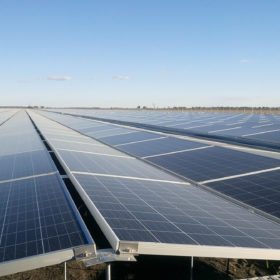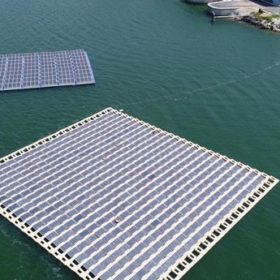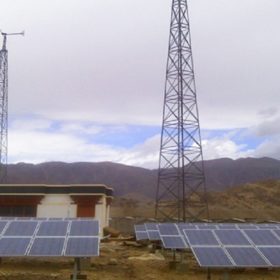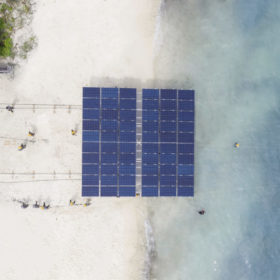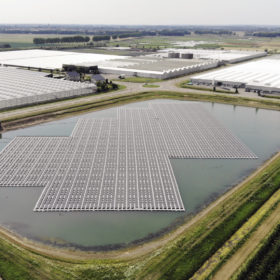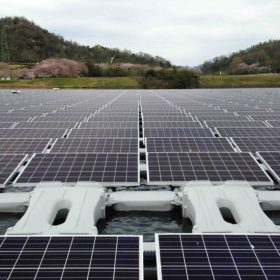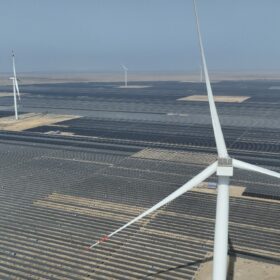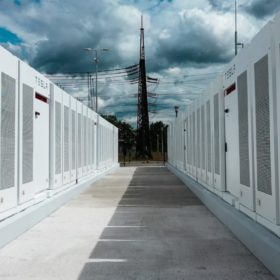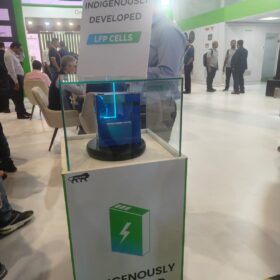Gensol wins solar EPC projects worth Rs 45.86 crore in India
The EPC provider has won an aggregate 13.2 MWp solar capacity from State-owned Central Electronics Limited, in addition to projects from Gas Authority of India Limited, Bihar Renewable Energy Development Agency, Hindustan Petroleum Corporation Limited and Reserve Bank of India.
SCCL tenders 15 MW (AC) grid-interactive floating solar
May 4 is the deadline to submit bids for the solar capacity which shall come up at the state-owned coal miner’s Singareni Thermal Power Plant storage reservoir (10 MW) and Dorli open-cast project void (5 MW) in Telangana.
Odisha plans to develop 500 MW floating solar
The state has an overall potential of generating 17,755 MW of electricity from floating solar over 877 sq.km of water surface area in its reservoirs.
Distributed solar lender cKers Finance raises $5 million from US investor New Energy Nexus
The New Delhi based lender—which has funded over 45 MW of distributed solar energy assets—will use the new investment to catalyze the growth of residential and commercial solar systems, solar pumps, floating solar and solar cold chains in India.
Project developers in south Asia can secure cash from IRENA funding pot
The Climate Investment Platform launched by three multilateral bodies in September is now open for business and renewables companies in developing nations across 14 regions including south Asia could qualify for help with clean energy facilities, renewables-related grid improvements and energy efficiency schemes.
The long read: A seaborne alternative to burnt cash
Floating PV has matured quickly, but while the opportunity of solar on the sea may appear immense, there is nothing trivial about the challenges posed by salinity, wind, and waves. However, technical and financial solutions are appearing on the market, giving small island communities a chance to reduce their reliance on polluting diesel.
Indian reservoirs could host 280 GW of floating solar
At 58 GW, the state of Maharashtra has the greatest potential to generate solar energy through floating PV or ‘floatovoltaics,’ according to a study by The Energy and Resources Institute.
Larsen & Toubro wins 20 MW floating solar project for NTPC
The grid-connected solar project shall come up at a reservoir of NTPC’s Auraiya Gas Power Plant in Uttar Pradesh. It is to be developed under Open category, allowing use of solar cells and modules of any origin.
Renewable energy: 7,592 MW commissioned in first nine months of the fiscal year
Capacity additions for the current fiscal year are set to exceed the previous accounting period’s 8,532 MW. With Rs405 billion invested in clean energy in the last fiscal year, spending in the first nine months of 2019-20 has been estimated at Rs367 billion.
SECI tenders 1.2 GW wind-solar hybrid, 4 MW floating solar plus storage
Developers have until February 25 to bid for ISTS connected wind-solar hybrid projects to be set up anywhere in India at the location of their choice. Bidding for 4 MW of grid-connected floating solar project with 2 MW/1 MWh battery energy storage system—to be set up in Andaman & Nicobar Islands—closes on February 13.
